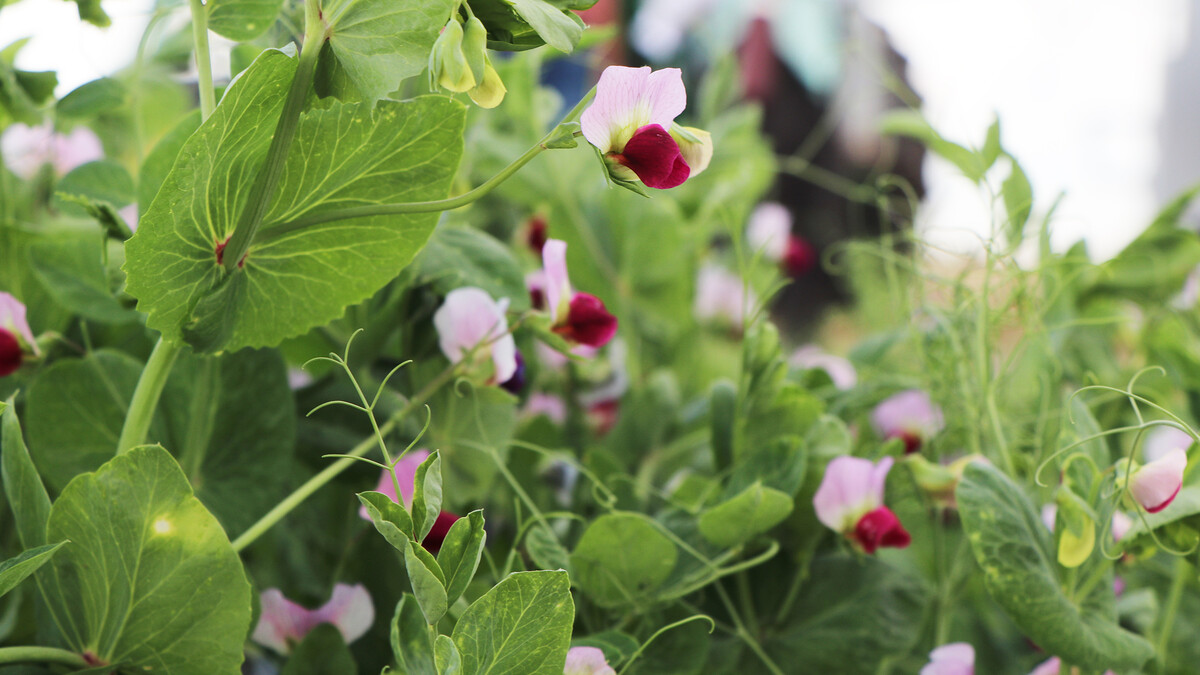July 19, 2013
LINCOLN, Neb. — As abnormal dryness continues to expand eastward, according to the latest U.S. Drought Monitor, forecasts are not showing any indication of above or below normal precipitation through October, the state climatologist at the University of Nebraska-Lincoln said.
There is no signal of improving conditions, but there is nothing there that signals conditions will get worse either, said Al Dutcher, state climatologist in the university's Institute of Agriculture and Natural Resources.
However, current patterns tend to be replicating some of the patterns the state saw last July and August. Temperatures are forecast to be above normal for the southwest two-thirds of the state and equal chances for the remainder of the state. This may be good news for northeast Nebraska which needs to make up some crop maturation due to planting delays.
"I would be more concerned if I saw a cool bias, which I do not," Dutcher said.
Due to the cool, wet spring, crops are about 10-14 days behind normal across the state. The majority of the corn crop is coming into its pollination stage, making precipitation critical at this time and through the grain fill process.
Dutcher said recent stream flows also have dropped significantly even with some of the short-term moisture gains the state saw this spring.
"Although we've had short-term moisture gains, it did not fill that deep soil moisture profile below the rooting zone of a crop that moves toward the aquifer," he said. "This is a residual impact of last year's drought, which had a significant impact on aquifer levels. We didn't get the recovery we needed last year."
Irrigation is running around the clock across the state, but there is some concern in areas with lower flow rates, particularly in sandy soils.
In addition, areas with limited water deliveries make it difficult to apply enough water to carry average yields.
Dutcher said temperatures have been a saving grace so far this year.
"Normal temperatures are 89 to 92 this time of year, so temperatures in the low 90s is no concern," he said. "It is those temperatures in the upper 90s to 100-plus range that are more problematic. However, winds are always a concern."
The last three to four weeks, water use by crops in the pollination stage is at .28 to .38 of an inch of water per day, so about an inch of water every three days.
That equates to about two inches of rain per week for the next month, so even with normal precipitation soil moisture profiles will continue to decrease going forward, Dutcher said.
Dutcher said although the crop is behind, nothing has been lost this year, and it wouldn't be unheard of to make up ground mid- to late-August if temperatures stay slightly above normal. Temperatures begin to drop off in mid-August, so if they are slightly above average, that would help crops make up ground.
So far, the majority of the state is not at substantial risk for freeze damage. There may be a higher risk in extreme northeastern Nebraska in areas where corn had to be replanted.
"So we'll take an usually warm September and temperatures in August that mirror those in July," he said.
One thing that may help precipitation across Nebraska is the monsoon season in the southwest part of the U.S.
"Nebraska starts to see some of those impacts in late July/ early August. The good news is it appears we are going to have a very aggressive monsoon season," he said. "Areas of above normal moisture are developing in the desert southwest this summer. The bad news is the question as to whether it arrives in time for it to be of benefit to both pastures and irrigators."
Dutcher said while the monsoon season may bring thunderstorms, those also mean lightning strikes. Like last year, wildfires will be another concern.
Al DutcherState Climatologist
School of Natural Resources
402-472-5206
adutcher1@unl.edu
Sandi Alswager Karstens
IANR News Service
402-472-3030
skarstens2@unl.edu







